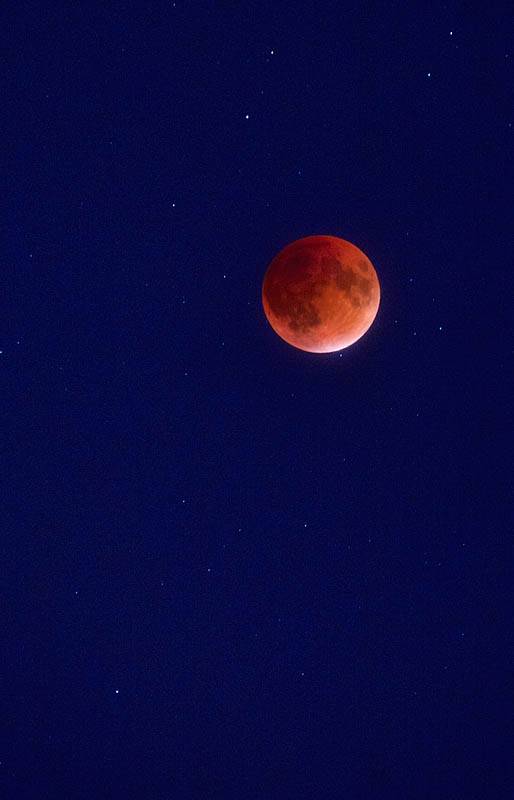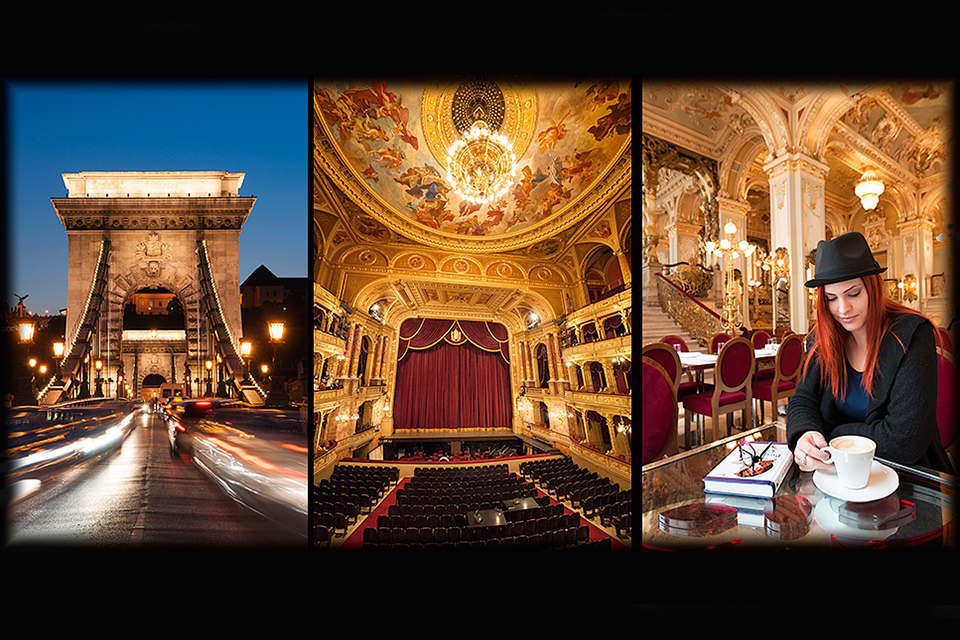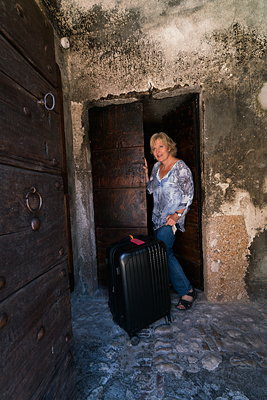Last night, on September 27, 2015, the super moon and lunar eclipse combined to create a rare celestial event that will not be repeated until 2033. This type of lunar eclipse has only happened 5 times since 1900, so consider yourself lucky if you were among the thousands of people staring up into the sky to watch this beautiful rusty orange orb float through the inky darkness.
What makes this such a special eclipse is the size and color of the moon. The moon appears larger than normal (8-14% depending on your source!) because it’s closest to earth in its orbit. In a lunar eclipse the sun, earth and moon are aligned in a straight line. The earth’s shadow covers the entire moon and blocks direct light from the sun. Consequently, the moon dims dramatically, and takes on reddish hues due to a phenomenon known as “Rayleigh scattering.” Shorter wavelengths (like violet) get scattered in the atmosphere but longer wavelengths like orange and red pass through the atmosphere and get refracted back to the surface of the moon and give us this incredible color…a “blood moon.”


Blood moon during lunar total eclipse in September 2015 over Indiana, USA
A full moon is normally 25,000 times brighter than the brightest star, making it impossible to capture both the moon and stars in a single digital exposure. Even a crescent moon makes night photography challenging as it is 5 times brighter than the stars. But during a lunar eclipse, when the moon is fully immersed in earth’s umbral shadow, it becomes so dim that capturing both is possible, as you can see in the image above. The visible stars behind the super moon are part of the Pisces constellation. My camera settings were f5.6 for 2 seconds, at 800 ISO.
Clouds obliterated the view at times, over the hour and a half I stood in the front yard of our home watching the lunar eclipse with my family, making the visible times that much more magical. Wow, what a beautiful sight on a warm pleasant night!



